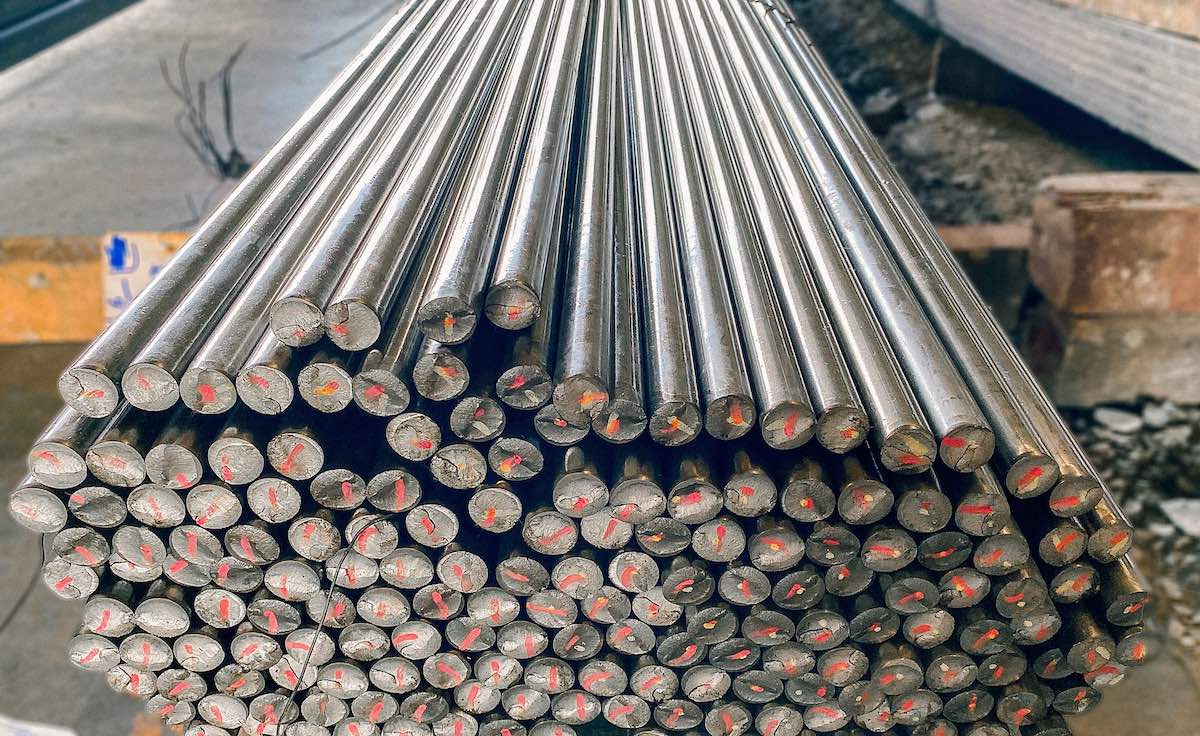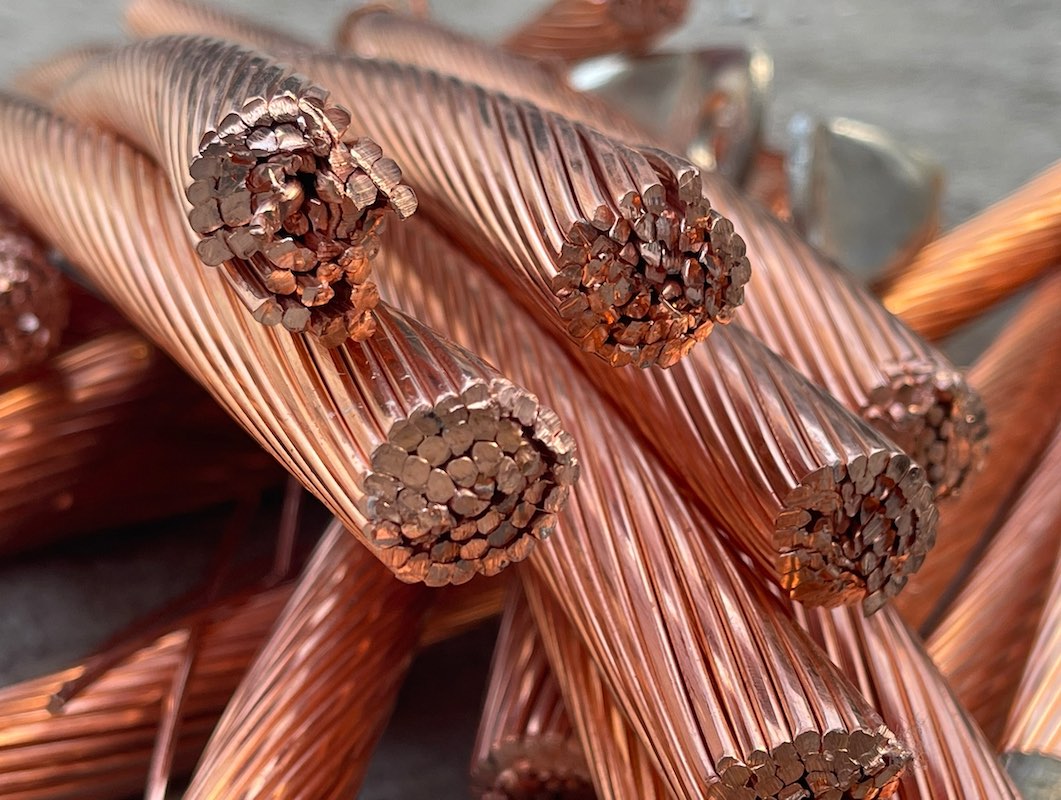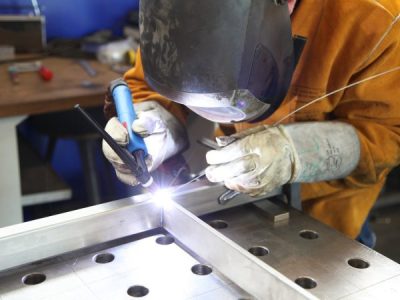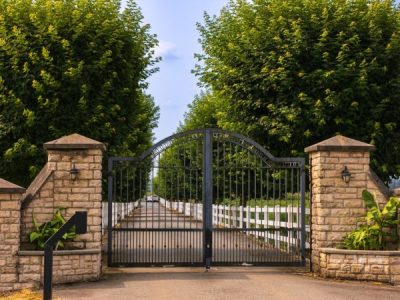Metals are an essential part of modern life, found in everything from buildings and vehicles to electronics and kitchen appliances. However, not all metals are created equal. Broadly, metals are classified into two categories: ferrous and non-ferrous. The distinction between these two types of metals boils down to one key factor: the presence of iron. But there’s much more to understand about their unique properties and their roles in various industries.

The History of Ferrous and Non-Ferrous Metals
The use of metals dates back thousands of years, with early human civilisations transitioning from the Stone Age to the Bronze Age and eventually to the Iron Age. This transition marks the beginning of the extensive use of ferrous metals, primarily iron, which became the backbone of the construction and manufacturing industries. On the other hand, non-ferrous metals like copper and gold have been used even earlier, valued for their malleability and resistance to corrosion. The evolution of metal usage highlights the growing understanding of the properties and potential of different metals, leading to more specialised applications over time.
Properties of Ferrous Metals
Ferrous metals are defined by the presence of iron in their composition. This characteristic gives them certain properties, such as magnetic behaviour and a tendency to rust when exposed to moisture. Here are some key examples of ferrous metals and their unique attributes:

Stainless Steel
Stainless steel is an iron alloy known for its corrosion resistance, which is achieved through the addition of chromium. This makes it ideal for use in environments where exposure to moisture and chemicals is common, such as in kitchen appliances, medical instruments, and industrial machinery. The durability of stainless steel also makes it a popular choice for structural applications.
Wrought Iron
Wrought iron is a low-carbon ferrous metal that is highly resistant to corrosion, making it suitable for outdoor use in fences, gates, and railings. Its malleability allows it to be easily shaped into intricate designs, a feature that has made it a popular material for decorative purposes.
Cast Iron
Cast iron is known for its strength and brittleness. Its high carbon content gives it excellent wear resistance and the ability to withstand high temperatures. This makes it ideal for use in heavy-duty applications such as engine blocks, cookware, and piping.
Carbon Steel
Carbon steel is another iron alloy but with a higher carbon content than wrought iron. This gives it greater hardness and strength, making it suitable for use in construction, automotive parts, and tools. However, it is more prone to rust than other ferrous metals, requiring protective coatings in some applications.
Properties of Non-Ferrous Metals
Non-ferrous metals do not contain iron, which means they do not rust and are generally more resistant to corrosion. These metals are also typically more malleable and lighter than ferrous metals, making them ideal for a wide range of applications. Below are some common non-ferrous metals and their characteristics. Note, precious metals such as gold silver and titanium are also non-ferrous, but for this article, we won’t be focusing on them as they have limited application in metal fabrication.

Copper
Copper is known for its excellent electrical conductivity, making it a key material in electrical wiring and electronic components. It also has antimicrobial properties, so it is often used in plumbing, medical equipment, and high-touch surfaces. Copper’s reddish-gold colour also makes it a popular choice for decorative items.
Aluminium
Aluminium is a lightweight, non-magnetic metal that is highly resistant to corrosion. Its low density makes it ideal for use in the aerospace industry, where reducing weight is crucial. Aluminium is also commonly used in packaging, such as cans and foil, as well as in construction and automotive applications.
Brass
Brass is an alloy of copper and zinc, known for its acoustic properties and resistance to tarnishing. It is widely used in musical instruments, electrical fittings, and decorative hardware. The varying proportions of copper and zinc allow for a range of brass types with different properties tailored to specific applications.
Zinc
Zinc is a non-ferrous metal with a low melting point, which makes it easy to cast into various shapes. It is commonly used in galvanising, a process where a protective zinc coating is applied to steel or iron to prevent rusting. Zinc is also used in die-casting for automotive and electronic components.

Wrapping Up: Choosing the Right Metal for Your Project
In summary, the distinction between ferrous and non-ferrous metals lies in the presence of iron, which directly impacts their properties and applications. With their strength and magnetic properties, ferrous metals are ideal for construction and heavy-duty applications. In contrast, non-ferrous metals, with their resistance to corrosion and lightweight nature, are better suited for electrical, automotive, and decorative purposes. Understanding these differences can help you choose the suitable metal for your specific needs, whether you’re working on a large-scale industrial project or a small DIY task.
If you need more information or professional advice on choosing the right metals for your project, don’t hesitate to contact us at APT Spray Painting. We are here to help you make informed decisions and ensure the success of your project.



